Photograms is a method where you create images by placing objects directly on the photographic paper and exposing them to light in the dark room. Where light hits, it turns dark, and where light has been prevented from touching the paper, it stays white. This can also be referred to as dodging (remove light) and burning (add light).
Invented negatives involve using the enlargers that are found in the darkroom to project an image that you have made onto the paper below. I used hair and spit projected onto the paper to create many of the images, as there was a false perspective drawn immediately when focusing the enlarger. Using the enlarger also allowed me to get comfortable with it before moving on to 35mm photography.
The collection that I created used many found materials. I found that the simpler designs worked best, although I felt like I had run out of time and energy to explore the concept further. I enjoyed confusing people with what the images were, and felt that I wanted to work more with bodily fluids as the spit was very interesting to manipulate. These are all things that I will considerate if I go back to creating photograms and invented negatives.
Ten of these were picked for sans camera, the first photography assignment.

Invented Negatives and Photograms
Comments
4 responses to “Invented Negatives and Photograms”
-
[…] ← Previous Next → […]
-
[…] onto photographic paper to produce a final print. This used the same techniques previously used in photograms and invented negatives, whereupon test strips were produced to gain the right exposure for the image to have the correct […]
-
[…] first photography assignment looked at the process of using the darkroom and objects at different heights from light sources and the photographic paper. There was a play of materials with greater thinking outside of the box […]
-
[…] image. The camera was completely dependent on your positioning and timing, much like objects for photograms in the dark room, to produce a coherent image. The continual manipulation of different objects or […]

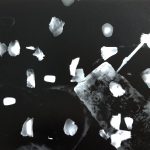
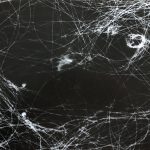
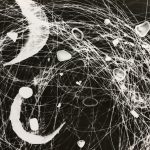
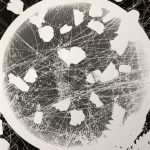
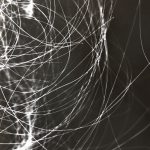
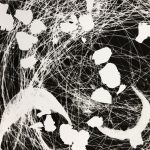
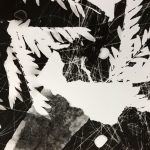
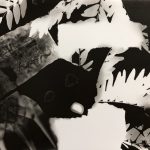
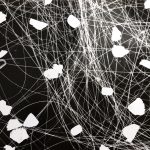
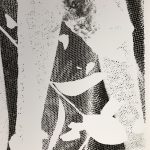


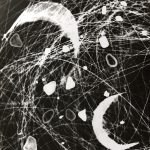
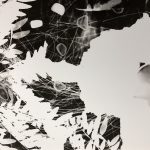
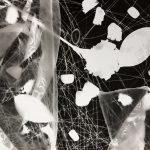

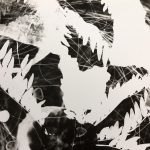
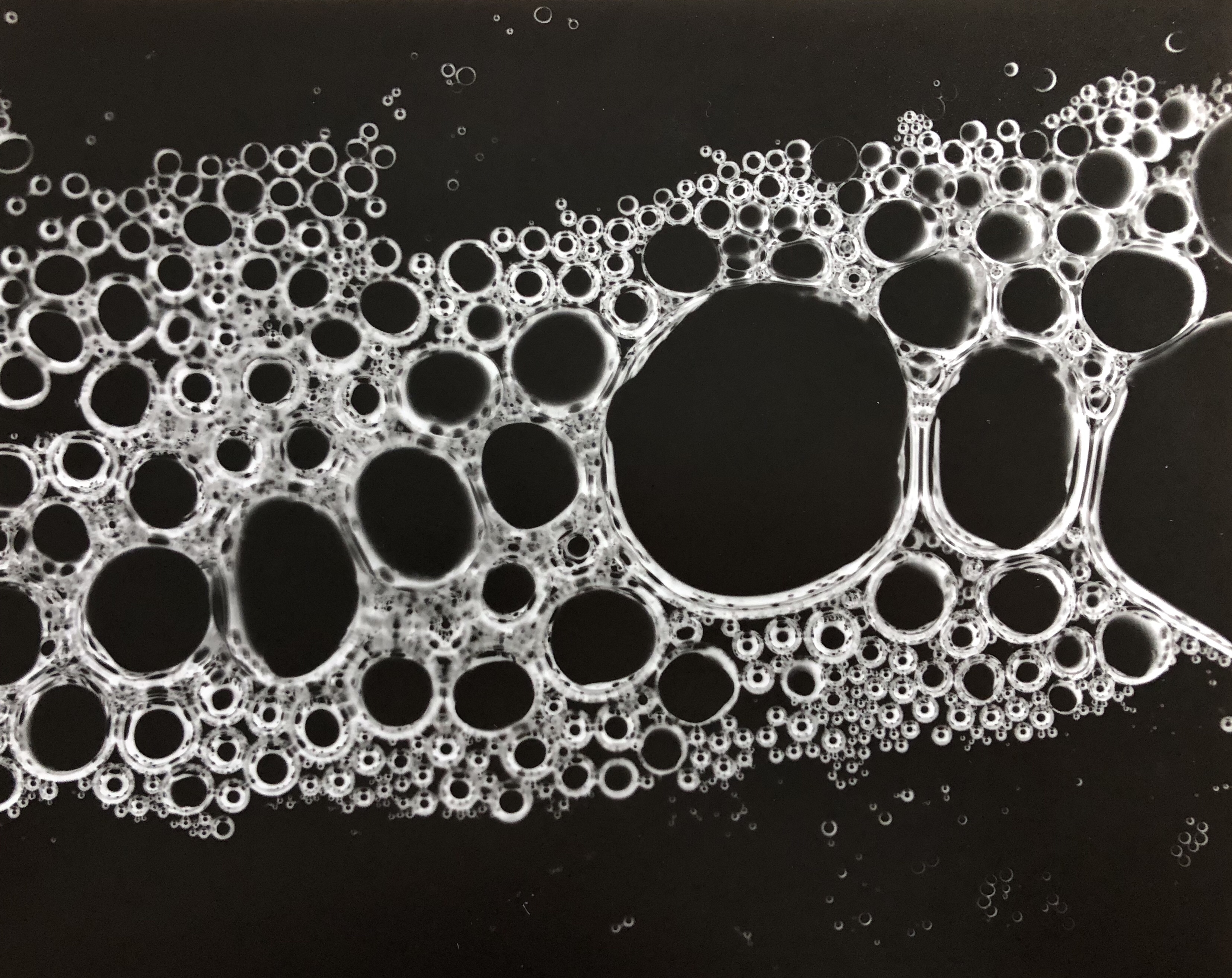
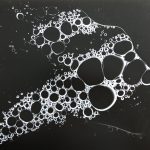
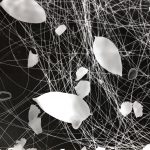
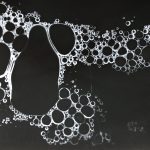

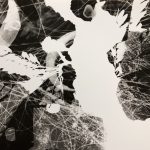
Leave a Reply